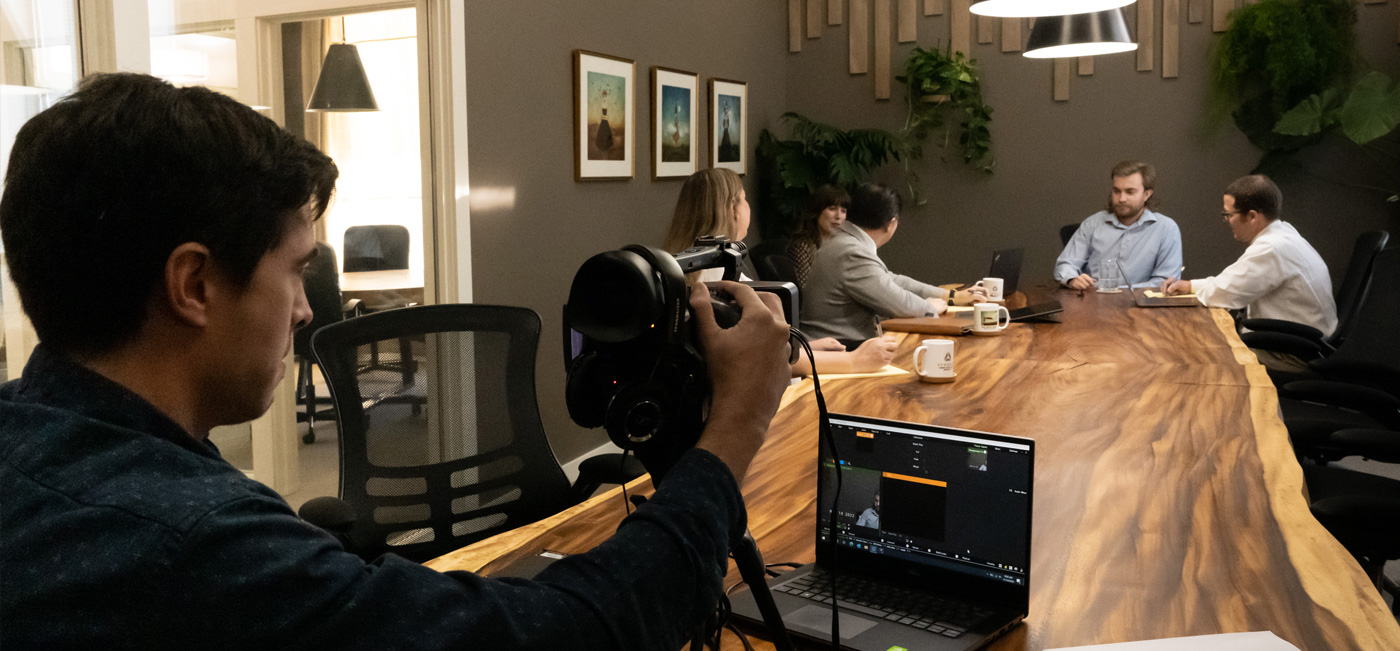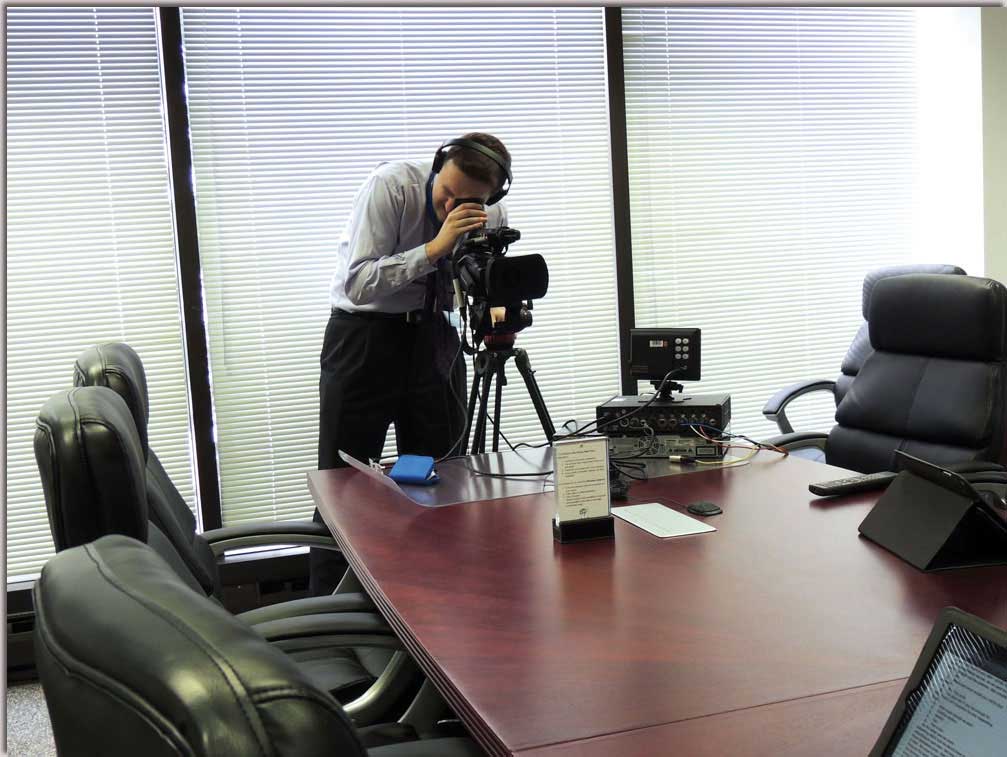Why Legal Videography is Necessary for Accurate Legal Paperwork
Looking Into the Systems of Lawful Videography: Unveiling Its Operation in Shielding Authentic Aesthetic Testimony for Judicial Procedures
In the world of judicial proceedings, the duty of legal videography stands as a cornerstone in maintaining and offering aesthetic evidence. As technology continues to breakthrough, the systems behind legal videography have actually ended up being increasingly complex, using a crucial layer of credibility to testaments captured on video clip.
Historical Development of Legal Videography
Checking out the historic development of legal videography discloses a substantial change in the recording and presentation of visual evidence within the legal landscape. In the past, legal proceedings greatly relied upon written photographs and records to document events and offer proof. However, with the introduction of video clip innovation, the lawful market observed a standard change in exactly how aesthetic testament was recorded and provided.
The advancement of lawful videography can be traced back to the late 20th century when developments in video clip recording devices made it extra easily accessible for usage in courtrooms. This technological development not only enhanced the accuracy and reliability of aesthetic proof but likewise reinvented the method instances existed to courts and courts (Legal Videography). Attorneys started to identify the persuasive power of video recordings in conveying emotions, nuances, and non-verbal cues that written transcripts or pictures alone might not capture efficiently

Technology Advancements in Video Paperwork
What crucial technical developments have changed video documentation in the lawful area? The lawful area has actually seen considerable improvements in video documentation innovation that have improved the credibility and reliability of aesthetic evidence in judicial procedures.
In addition, developments in video clip encryption and watermarking innovations have actually reinforced the security and tamper-proof nature of video proof, safeguarding it against unapproved alterations or meddling. Furthermore, the development of cloud storage options and remote access abilities has streamlined the storage, retrieval, and sharing of video clip proof, helping with smooth cooperation among legal experts and making certain efficient access to vital aesthetic testaments when needed. These technical developments in video paperwork have actually undoubtedly changed the lawful area, boosting the precision, reputation, and admissibility of aesthetic proof in judicial process.
Duty of Lawful Videographers in Court Settings
The evolution of video documents innovation in the legal area has necessitated a crucial duty for legal videographers in court room setups, guaranteeing the integrity and integrity of visual testimonies offered during judicial process. Legal videographers play a fundamental duty in catching and preserving exact aesthetic evidence that can be crucial in litigation. Their obligation reaches setting up devices, tape-recording process, and creating premium videos that precisely reflect the occasions in the court.
In addition, lawful videographers typically function carefully with legal teams to ensure that the video proof aligns with the situation's requirements and can be properly offered in court to support the lawful arguments being made. Overall, the role of legal videographers in court settings is crucial in supporting the principles of justice and ensuring the openness of legal process. Legal Videography.

Ensuring Admissibility and Honesty of Video Proof
To preserve the reliability of aesthetic evidence presented in legal proceedings, guaranteeing the admissibility and honesty of video clip evidence is a critical duty for lawful videographers. Admissibility refers to the approval of evidence by the court, and for video clip evidence to be admissible, it needs to meet specific criteria. Legal videographers play a critical role in making certain that the video clips they catch adhere to the rules of proof, such as reliability, relevance, and authenticity.
Honesty of video clip evidence involves keeping the creativity and precision of the video footage from the time it is taped until it is offered in court. This includes firmly saving the video documents, recording the chain of protection, and preventing any kind of meddling or modifications. Legal videographers must comply with stringent protocols to guarantee the integrity of the video evidence and prevent any type of difficulties to its credibility.
Future Trends in Legal Videography
Given the boosting dependence on modern technology in legal procedures, legal videographers are positioned to welcome innovative developments forming the future of visual testament capture and discussion. One of the prominent trends imminent is the assimilation of online reality (VR) and augmented reality (AR) innovations into legal videography. These modern technologies have the possible to transform just how visual proof exists in courtrooms, permitting judges content and juries to immerse themselves in the scene of the criminal offense or occurrence.
Moreover, using expert system (AI) algorithms for video clip evaluation use this link is expected to simplify the procedure of evaluating and evaluating huge amounts of video footage. AI can assist in recognizing crucial minutes, abnormalities, and patterns within video clips, improving the performance of lawful investigations.

Verdict
To conclude, lawful videography has played a critical role in offering authentic visual evidence for judicial process. Through technological improvements and the proficiency of legal videographers, the integrity and admissibility of video clip proof are made certain in courtroom setups. As lawful videography remains to develop, it will be vital to support requirements that keep the accuracy and dependability of aesthetic testament for the future of lawful proceedings.
Analyzing the historic development of legal videography discloses a considerable makeover in the recording and discussion of aesthetic evidence within the legal landscape.The advancement of video documentation modern technology in the legal field has required a crucial duty for lawful videographers in courtroom settings, making certain the honesty and reliability of aesthetic testaments presented throughout judicial procedures. Furthermore, lawful videographers typically work very closely with legal groups to make sure that the video evidence lines up with the case's requirements and can be effectively presented visit this web-site in court to support the legal disagreements being made.To keep the reputation of aesthetic evidence provided in legal proceedings, ensuring the admissibility and integrity of video evidence is a vital duty for legal videographers. As legal videography continues to progress, it will certainly be necessary to promote standards that preserve the precision and reliability of aesthetic testimony for the future of lawful procedures.